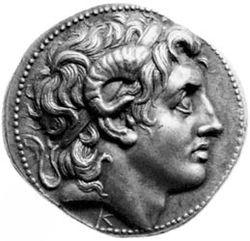Template:Pictorial-Islam-options: Difference between revisions
| [checked revision] | [checked revision] |
mNo edit summary |
mNo edit summary |
||
| Line 1: | Line 1: | ||
<noinclude>Also see: [[Template:Pictorial-Islam]]</noinclude><!-- HELP NOTES: Each option tag handles one random story --><choose> | <noinclude>Also see: [[Template:Pictorial-Islam]]</noinclude><!-- HELP NOTES: Each option tag handles one random story --><choose> | ||
<option weight="1">{{Pictorial-Islam|1=European Court of Human Rights on Shari'ah Law|2=[[File:European Court of Human Rights logo.svg|330px|link=European Court of Human Rights on Shariah Law]]|3=With the banning of the Welfare Party (Refah Partisi, RP), an Islamist political party in Turkey, and a further sanction in the form of a ban on its leaders sitting in Parliament or holding certain other forms of political office for a period of five years, the European Court of Human Rights determined on July 31, 2001, that "the institution of Sharia law and a theocratic regime, were incompatible with the requirements of a democratic society." ([[European Court of Human Rights on Shariah Law|''read more'']])}}</option> | |||
Revision as of 02:59, 5 January 2014
Also see: Template:Pictorial-Islam
|
